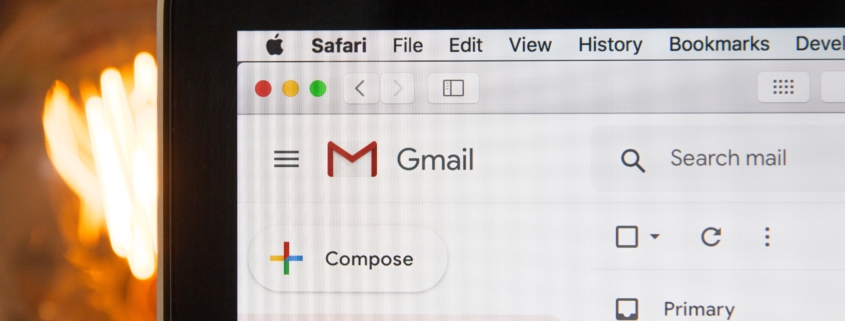Tips to Keep Your Marketing Emails from Getting Flagged as Spam
When you put a lot of effort into creating your email marketing strategy, it can be frustrating looking at the stats and seeing that a large amount of your messages end up in spam. A report from Return Path revealed that spam filters are more rigorous than ever, with one in five emails failing to reach the inbox. This can be very concerning, especially when email marketing is a large part of your overall strategy. But there are a number of things you can do to help prevent your emails from getting marked as spam by filters and consumers.
Build Your Own Email List and Regularly Clean it Up
If you’re buying email lists and sending content to people who never signed up to receive them, your chances of ending up in the spam folder skyrocket. The average office worker receives 121 emails daily, meaning it’s unlikely they’ll waste time opening unwanted messages. It may take more time, but organically building up your email list will be much more effective in the long run.
Once you have a good size list built up, it’s important to manage it. Some recipients will naturally unsubscribe from your emails, but others will just start ignoring them. This will lower your engagement rate and make you seen as less favorable by the ISPs. This ultimately means your emails will more likely go to the spam folder. You can combat against this by regularly looking at your stats and removing unengaged users, bounced emails and role email addresses.
Make it Clear Who the Email is From and What it’s About
Most companies have multiple email addresses within their domain, depending on the size. You don’t want to change the sender field too often. Try to stick with the one that works best with promotional messages and avoid odd names, such as donotreply@yourdomain.com or 123456@yourdomain.com. Build trust with your recipients, meaning you don’t want to confuse them with using a variety of sender addresses or unprofessional ones. Try to either stick with a person’s name or your company name.
Once you’ve made it clear who the email is from, make it clear what it’s about. This means avoiding spammy subject lines. Don’t want to try to trick recipients into opening your email by starting your subject line with “FWD:” or “RE:” implying there was previous communication. You also shouldn’t use click bait, such as telling them they’ve won a prize if they haven’t. Try to find something catchy and compelling that peaks curiosity, yet still gives enough information that recipients aren’t confused about what the email is.
Use a Reputable Program
A sign spam filters keep a lookout for is an IP address associated with the sending email address and see if there are any spam complaints associated with it. If there are, then even legitimate email addresses can get flagged due to association. To ensure this doesn’t happen to your emails, always use a reputable provider. All the top providers take steps to prevent spammers from using their platforms. They also have built in features to help avoid other common spam triggers, such as not including a physical address or using a sending email address that looks suspicious. There are thousands of marketing automation and email marketing companies out there, so just do research before deciding on one.
Follow the Laws Governing Email Marketing
It’s always beneficial to be aware of the laws that govern digital marketing communications. Specifically, the CAN-SPAM Act, which outlines the practices you must use when sending commercial emails. There are some harsh penalties for sending spam emails, so you should be aware of what are considered spam emails. The CAN-SPAM Act defines spam as any message that are sent:
- To a recipient without permission.
- Without including a mailing address.
- With a deceptive subject line.
- Without including a way for the recipient to opt-out.
Most modern email marketing programs ensure you comply with the mailing address and opt-out by default, but you should be careful about subject lines and sending emails to those who didn’t sign up for them.
Send Valuable Content
At the core of any successful marketing campaign, is value. You shouldn’t be sending emails just to send them or to try to hit a quota. This causes engagement to suffer. When you send emails that don’t resonate with recipients, it’s unlikely it will get opened and more likely it will land in spam. One study found that the top reason why emails get reported as spam is because the brand sent irrelevant or too many emails.
Before you start drafting an email, ask yourself these questions:
- Is this new or urgent information?
- When was the last time I sent an email about this? Was it recently?
- Do all my subscribers need to know this information or only a segment?
- If I received this email would I find it valuable?
Takeaways
Email marketing is an essential part of an effective strategy, but if your messages are getting flagged as spam, they’re just going to waste. The key is to identify why your emails are getting flagged and how to avoid this going forward. Keep in mind that the higher your email engagement is, the more likely your next email will end up where intended and not in a spam folder.
More from Onimod Global
Onimod Global releases the latest digital marketing news and essential marketing tips every Tuesday and Thursday! To catch up on the top digital marketing news and trends, click here. To find out more about who we are and what we do, click here.










